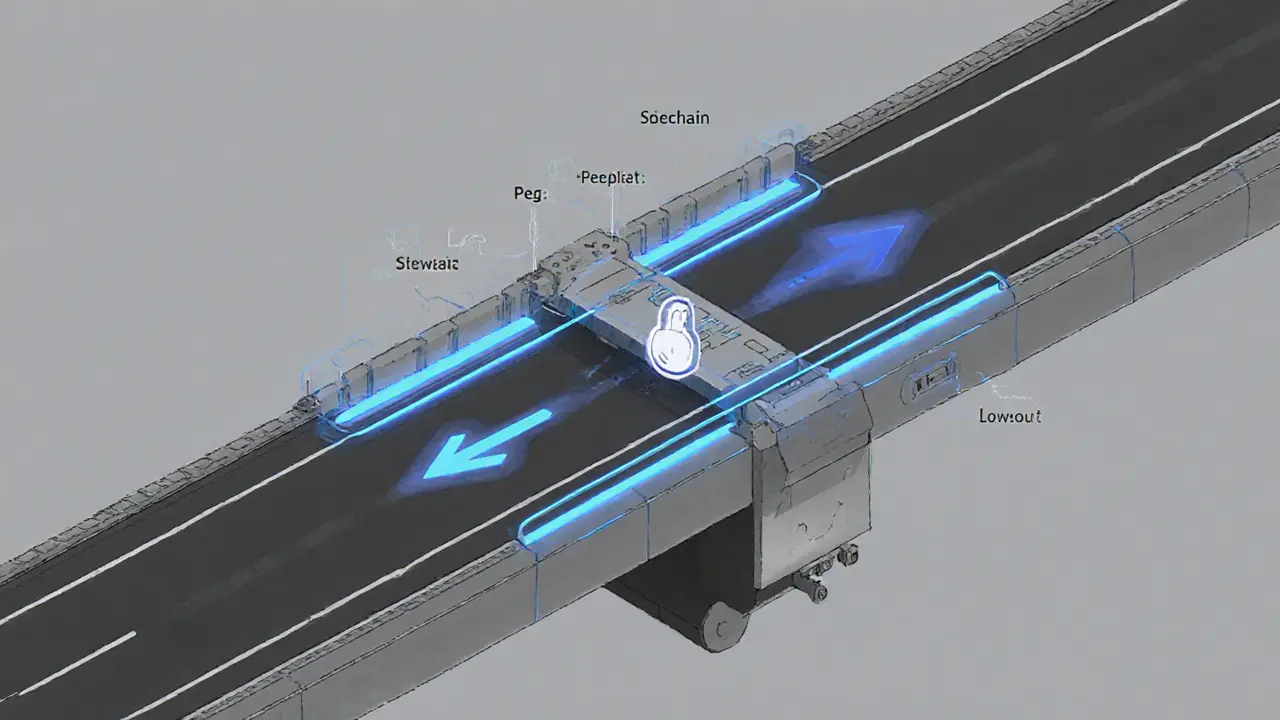Ethereum Sidechain Explained
When working with Ethereum sidechain, a separate blockchain that runs in parallel to the Ethereum mainnet, offering faster and cheaper transactions. Also known as Ethereum L2 sidechain, it relies on a bridge to move assets between the main chain and the sidechain. This architecture enhances scaling by offloading work from the congested base layer while keeping security guarantees through periodic checkpoints.
One of the most popular uses of an Ethereum sidechain is liquid staking, where tokens like FRXETH (Frax Ether) let you earn staking rewards without locking up your ETH. FRXETH lives on a sidechain, giving you instant liquidity and auto‑compounding yields, which would be impossible on the mainnet alone. Another key player is Balancer v2, a decentralized exchange that leverages sidechains to run multi‑token pools with lower gas fees. Both examples show how sidechains enable new financial primitives by providing the speed and cost efficiency needed for real‑time trading and DeFi strategies. Meanwhile, core scalability concepts like blockchain sharding complement sidechains: sharding splits a single chain into many shards, while sidechains create entirely separate environments that still talk to Ethereum via bridges.
Understanding these building blocks helps you see why the posts below matter. You’ll find a deep dive into FRXETH’s mechanics, a review of Balancer v2’s fee model, an explainer on sharding and its impact on sidechain design, and a look at how bridges secure cross‑chain asset transfers. Whether you’re a beginner curious about why sidechains exist, or an intermediate trader hunting lower‑fee DeFi options, this collection gives you the practical context you need before you explore each article. Let’s jump into the detailed guides and stay ahead of the fast‑moving Ethereum ecosystem.

Understanding Sidechains: Scaling and Interoperability in Cryptocurrency
A clear, conversational guide explains what sidechains are, how two‑way pegs work, real‑world examples like Liquid and Rootstock, benefits, risks, and future trends.
